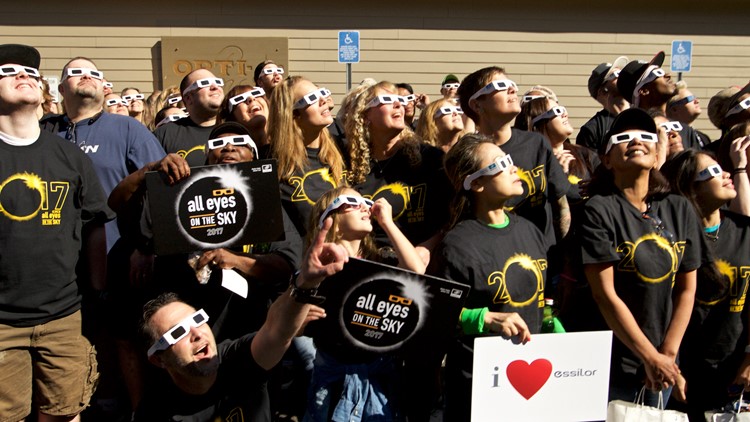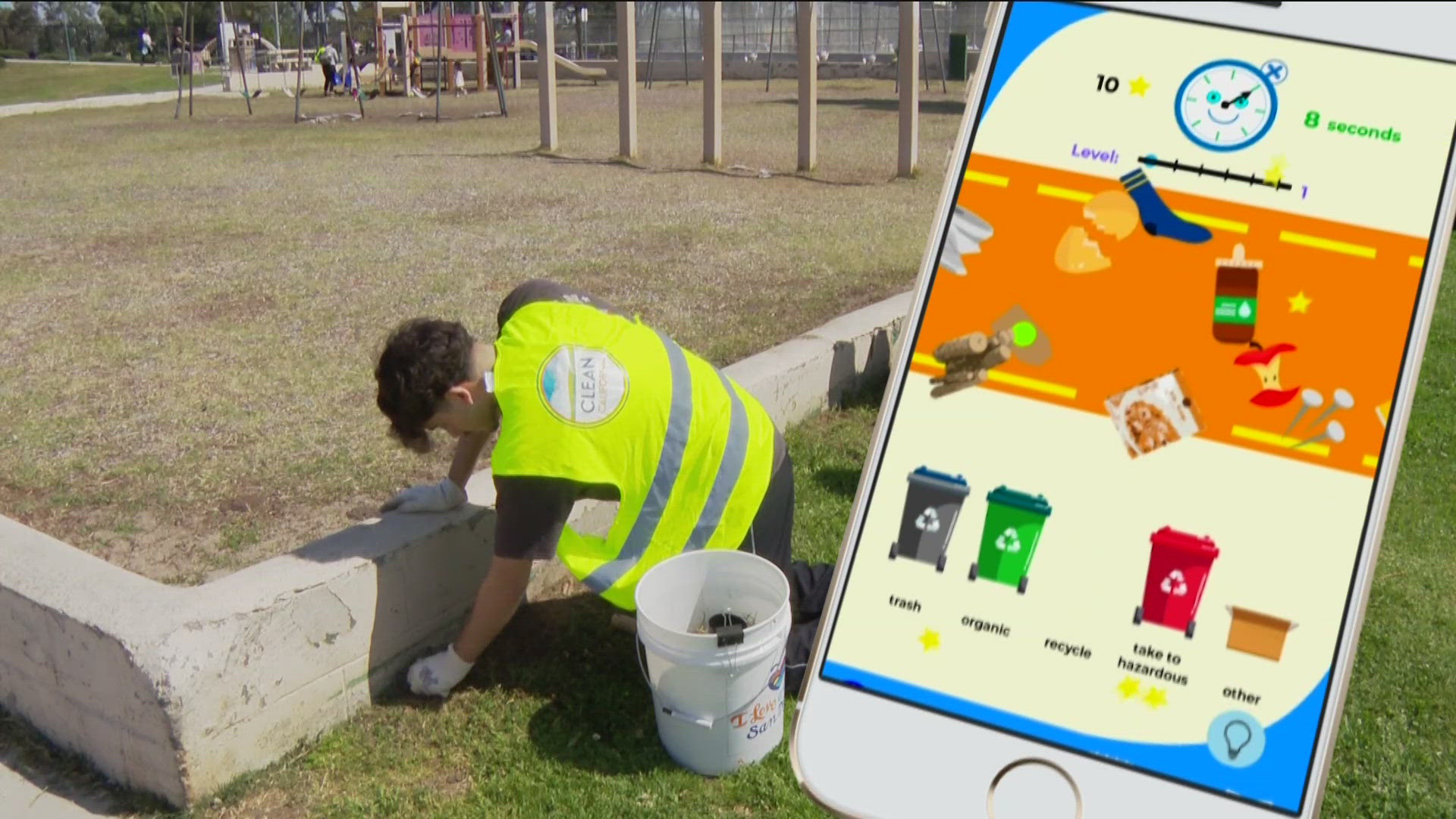A total solar eclipse will briefly darken the skies over parts of the United States, Canada and Mexico on Monday, April 8, 2024. The last time people in the U.S. witnessed a total solar eclipse was in August 2017.
On April 8, the path of totality – areas where the sun’s light is completely covered by the moon – will cross over parts of 15 states, including Texas, Illinois, New York and Maine.
In the weeks ahead of the rare celestial event, several conspiracy theories related to the eclipse have been circulating online. In March, far-right commentator Alex Jones claimed the federal government is using the eclipse as a practice run for declaring martial law.
“All this is is a dress rehearsal. No government in modern times ... have ever acted like this for a solar eclipse,” Jones said.
Similar claims have been spreading on social media. On April 3, a viral X post with nearly 4 million views shared a list of multiple states and localities that have declared a state of emergency ahead of the April 8 eclipse.
“People have you ever seen this many cities declare an emergency within 24 hrs? We are in uncharted waters right now,” the viral post said.
One X user who commented on the post claimed: “Not one state declared a state of emergency for the 2017 eclipse.”
THE QUESTION
Is it true that no states declared a state of emergency ahead of the 2017 eclipse?
THE SOURCES
- NASA
- National Weather Service
- National Guard
- Federal Motor Carrier Safety Administration
- Office of the Governor in the State of Oregon
- South Carolina Emergency Management Division
- South Carolina Department of Public Safety
- Tennessee Military Department
- Nebraska Emergency Management Agency
- North Carolina Department of Public Safety
- Justin Kates, president of the International Association of Emergency Managers (IAEM) - USA Council
THE ANSWER
Not, it’s not true that no states declared a state of emergency ahead of the 2017 eclipse.
While there are far more states that have declared a state of emergency ahead of the April 8 eclipse, Oregon and two counties in Idaho did in 2017. Other states in the path of totality in 2017 also had emergency preparedness plans in place.
WHAT WE FOUND
It’s not true that no states declared a state of emergency ahead of the 2017 eclipse. Oregon declared a state of emergency ahead of the 2017 total solar eclipse on Aug. 21, 2017. Some areas, including two counties in Idaho and one in Oregon, also issued local emergency declarations ahead of the 2017 total eclipse. These declarations were issued in anticipation of large crowds and traffic jams.
On the day of the 2017 total eclipse, 14 states were in the eclipse’s thin path of totality. Those states included: Oregon, Idaho, Wyoming, Montana, Nebraska, Iowa, Kansas, Missouri, Illinois, Kentucky, Tennessee, Georgia, North Carolina and South Carolina.
On April 8, 2024, the total solar eclipse will pass along Mexico’s Pacific coast and cross into Texas and 14 other U.S. states, before exiting over Canada. It will last almost twice as long as the total solar eclipse that stretched coast-to-coast in the U.S. in 2017.
An estimated 31.6 million people live in the path of totality this year, according to NASA. That compares to 12 million people in 2017. An additional 150 million people live within 200 miles of the path of totality.
Nearly a week before the 2017 eclipse, Oregon Gov. Kate Brown (D-OR) declared a state of emergency in anticipation of “a rapid influx of visitors” to the state “and substantial movement of Oregonians from one part of this state to another,” according to the declaration’s text.
Other states that were in the path of totality did not issue statewide emergency declarations ahead of the 2017 total eclipse. However, many states, like Nebraska, Kentucky and Illinois, had emergency preparedness plans and teams in place. Some states also warned the public about the chance of traffic jams, large crowds, wildfires and storms during the eclipse.
The National Guard was also on standby in South Carolina, Nebraska and Oregon.
KTVB in Boise, Idaho, which is owned by the same company as VERIFY, reported in 2017 that Payette and Washington counties, which were both in the path of totality, issued disaster and emergency declarations ahead of the total eclipse.
“The disaster declaration is a step that can be taken in anticipation of a disaster. This step is a precautionary measure that activates response plans in preparation for the event,” Payette County Emergency Manager Lt. Andy Creech told KTVB.
Ahead of the 2024 eclipse, multiple states, counties and cities located in the path of totality have declared states of emergency, including Indiana, and multiple cities and counties in New York and Texas, according to recent news reports.
Canada’s Niagara Region has also declared a state of emergency as it prepares to welcome up to a million visitors for the solar eclipse.
“The eclipse is typically a situation where you’ll have visitors from all across the country who will travel to your jurisdiction, to your location, and they may impact travel and transportation routes, they may impact the communications networks through their cell phones. And they may create a higher demand for services like emergency medical services, increased car accidents and all kinds of things,” said Justin Kates, president of the International Association of Emergency Managers (IAEM) - USA Council.
“A state of emergency enables that government jurisdiction to be able to quickly react and move resources around that they might not be able to do on a day-to-day basis. So it’s a very proactive activity that not only during this eclipse has been used but in previous eclipses and other types of special events in the past,” Kates told VERIFY.
The Associated Press contributed to this report.
This story is also available in Spanish / Lee este artículo también en español: Esta no es la primera vez que estados han declarado estado de emergencia antes de un eclipse



